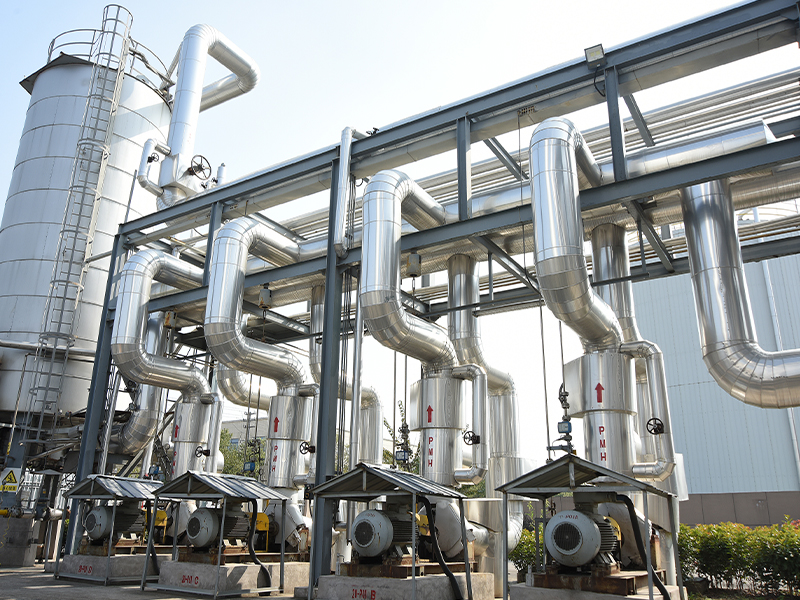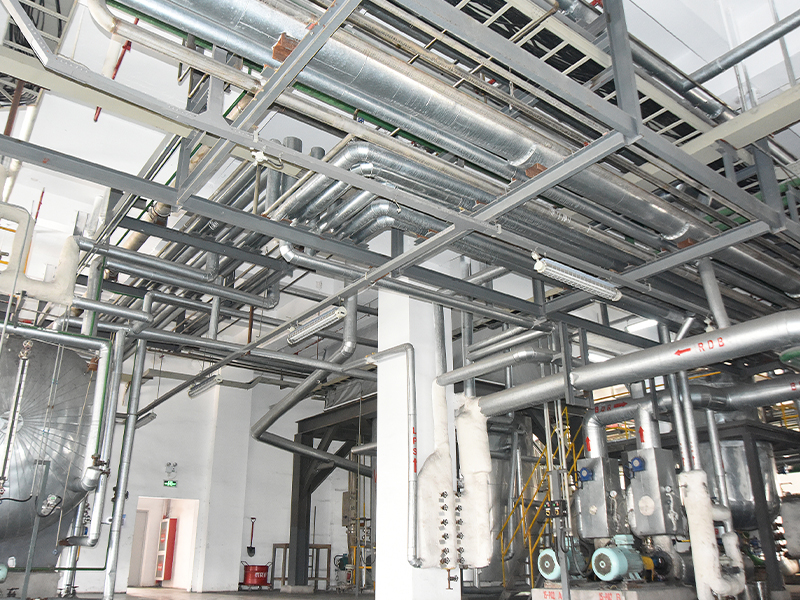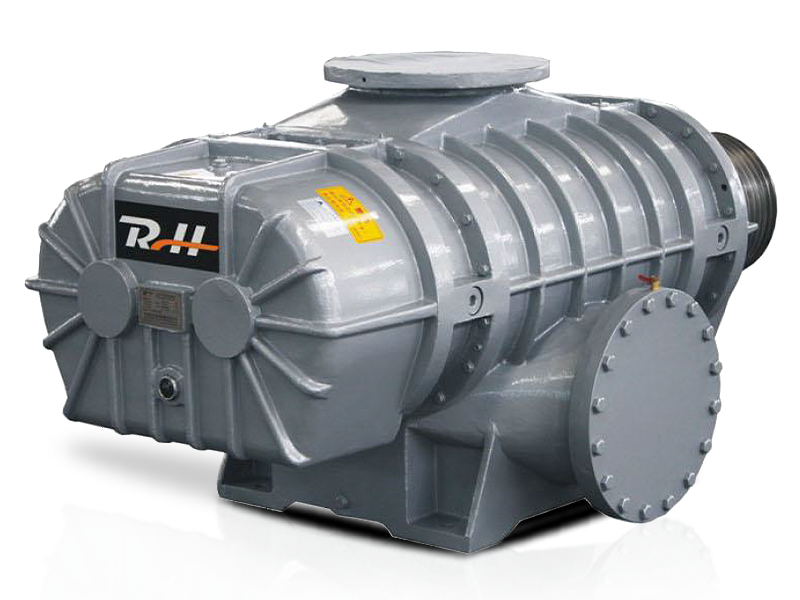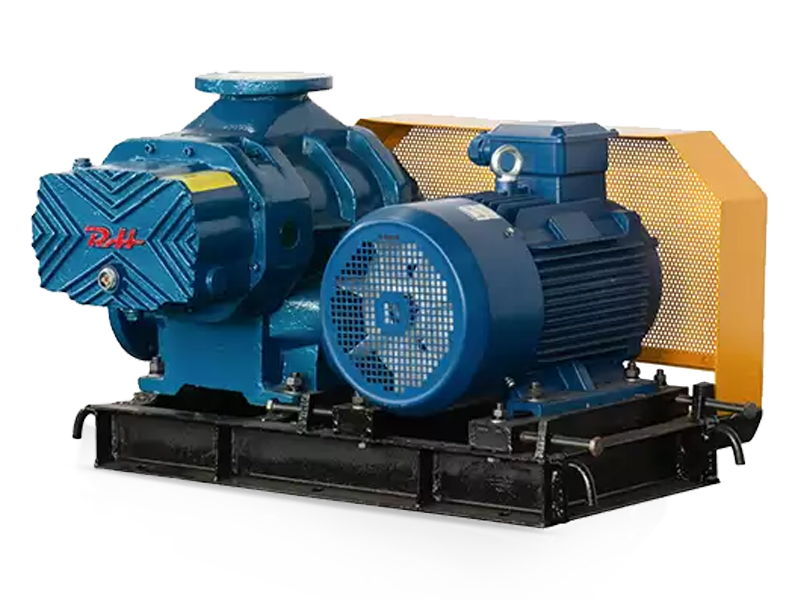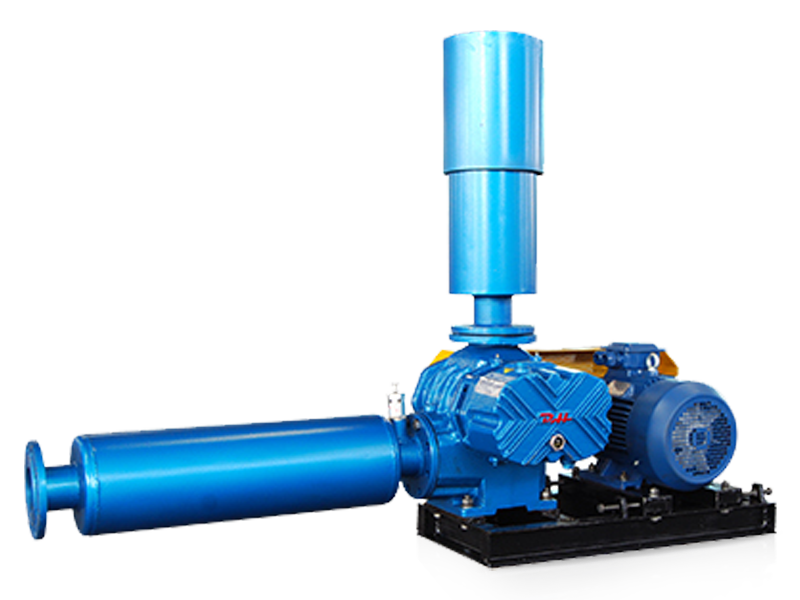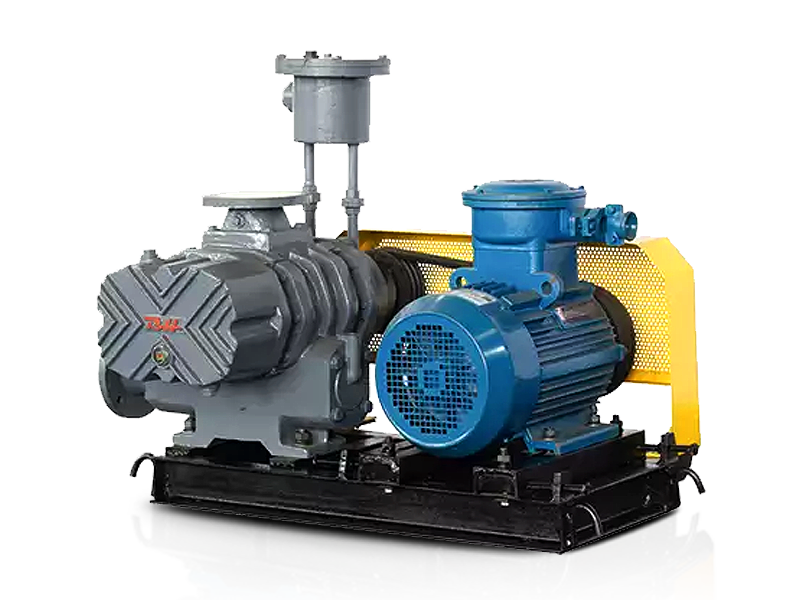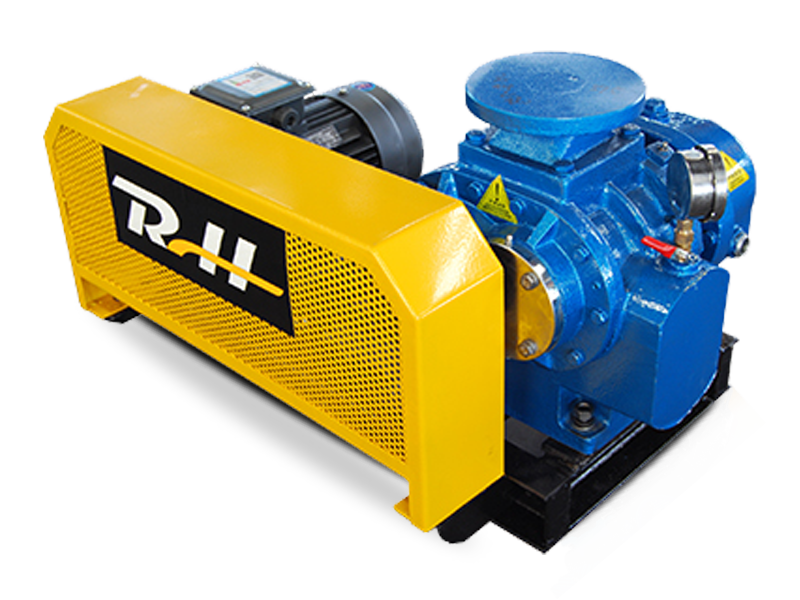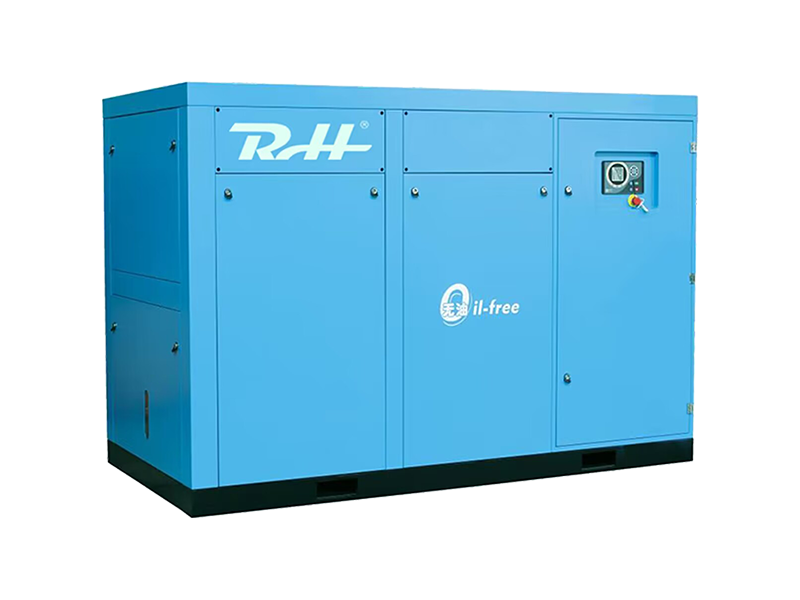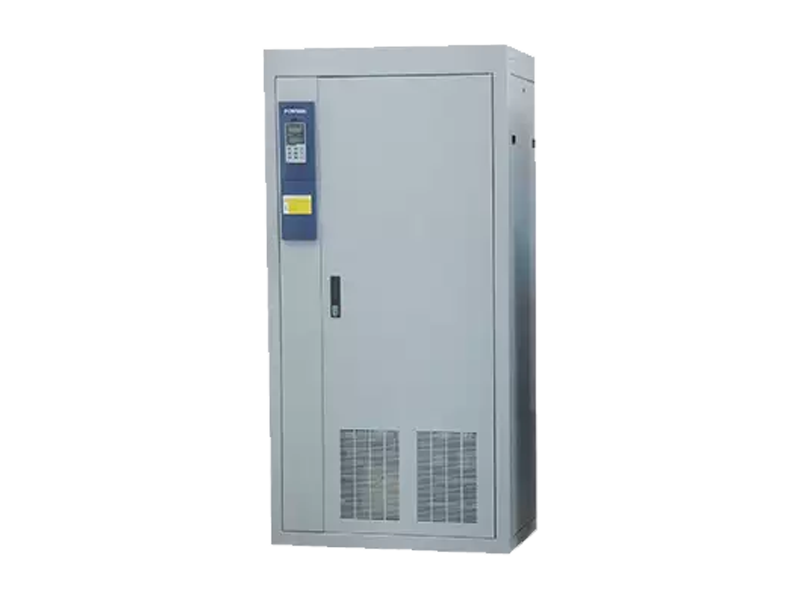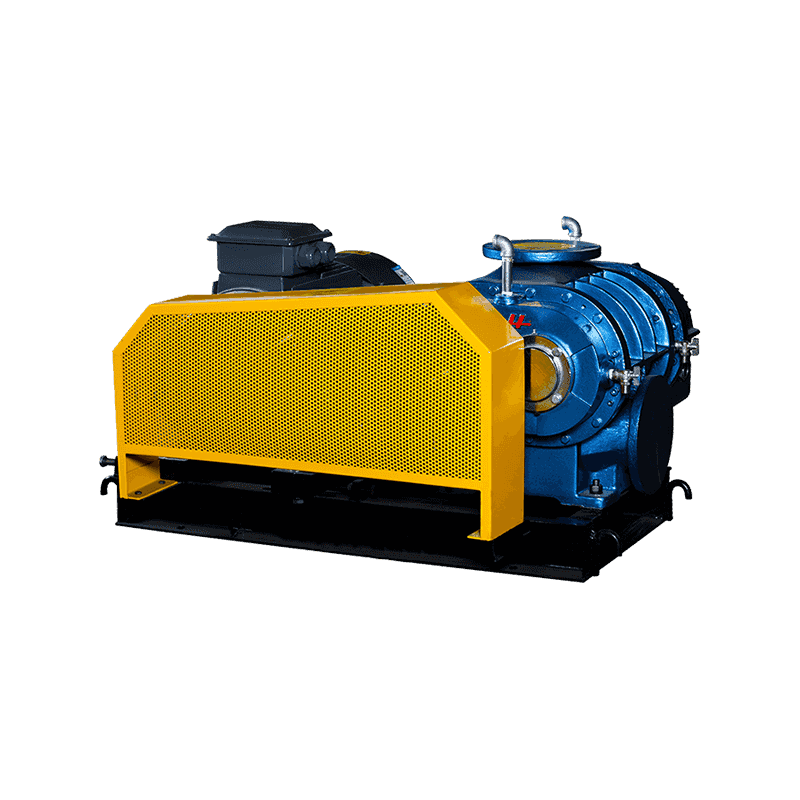What is a Turbo Blower?
Turbo blowers are high-efficiency centrifugal blowers that use advanced impeller designs to move large volumes of air or gas at controlled pressures. Unlike traditional blowers, turbo blowers operate at high speeds (often 20,000-50,000 RPM) using direct drive or magnetic bearing systems, eliminating energy-wasting friction losses.
These low maintenance air blowers have become essential in wastewater treatment, pneumatic conveying, and industrial processes where energy efficient air compression is critical. Their compact design and variable speed capability make them superior to rotary lobe and multistage centrifugal blowers in many applications.
Key Advantages of Modern Turbo Blowers
1. Unmatched Energy Efficiency
Turbo blowers typically achieve 25-35% better energy efficiency compared to traditional blowers. Their variable frequency drive (VFD) control allows precise airflow matching to demand, avoiding the energy waste of throttling or bypass systems.
2. Significant Noise Reduction
Operating at 70-75 dB(A), turbo blowers are considerably quieter than positive displacement blowers (85-95 dB(A)). This low noise air blower characteristic reduces the need for expensive sound attenuation equipment.
3. Minimal Maintenance Requirements
With no wearing parts like belts, gears, or contacting bearings in magnetic bearing models, turbo blowers can operate 60,000+ hours between services. This makes them ideal for continuous duty industrial blowers applications.
4. Compact Footprint
Turbo blowers provide 2-3 times higher airflow per unit volume compared to conventional blowers, saving valuable floor space in crowded plants.
Turbo Blower vs Traditional Blowers: Performance Comparison
| Feature | Turbo Blower | Rotary Lobe Blower | Multistage Centrifugal |
| Efficiency at 50% load | 85-92% | 45-55% | 60-70% |
| Typical Noise Level | 70-75 dB(A) | 85-95 dB(A) | 78-85 dB(A) |
| Maintenance Interval | 40,000-60,000 hours | 8,000-10,000 hours | 15,000-20,000 hours |
| Turndown Ratio | 40-100% | 70-100% | 60-100% |
| Life Expectancy | 20+ years | 10-15 years | 15-20 years |
Table: Performance comparison of turbo blowers versus traditional technologies for industrial air movement solutions
Main Types of Turbo Blowers
1. Air Foil Bearing Turbo Blowers
These use aerodynamic bearings that create a thin air film to support the shaft during operation. They offer excellent oil-free air compression for sensitive applications like food processing and pharmaceutical manufacturing.
2. Magnetic Bearing Turbo Blowers
Using active magnetic levitation, these completely contact-free systems achieve the highest efficiency (up to 92%) and longest service life. Ideal for high speed blower applications where reliability is critical.
3. Gear-Driven Turbo Blowers
A more economical option that uses precision gears to achieve the necessary impeller speeds. While slightly less efficient, they provide a good balance of performance and cost for wastewater aeration blowers.
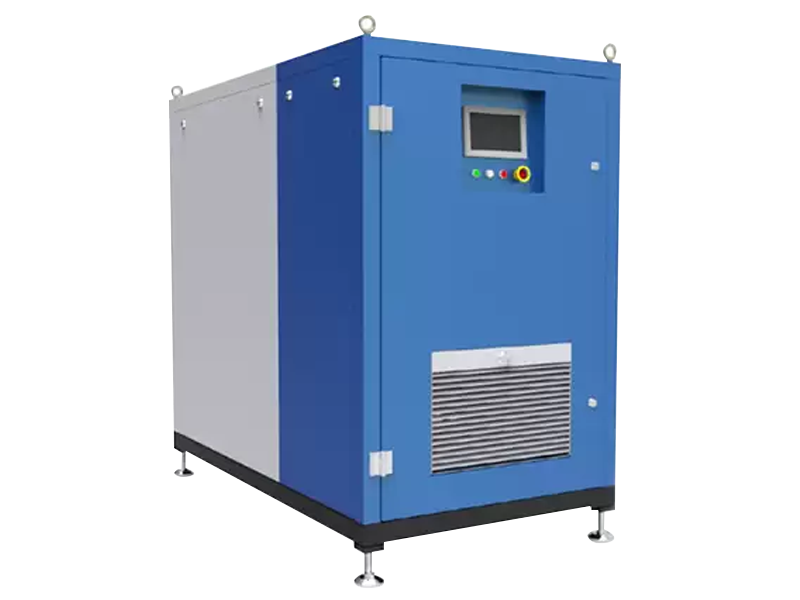
Critical Applications for Turbo Blower Technology
Wastewater Treatment Plants
Turbo blowers dominate modern aeration blower systems for biological treatment, reducing energy consumption by 30-50% compared to older technologies while providing precise dissolved oxygen control.
Pneumatic Conveying Systems
Their ability to deliver consistent, oil-free air makes turbo blowers ideal for powder handling air systems in food, cement, and chemical industries.
Industrial Combustion Air
Turbo blowers provide the high-volume, clean air required for efficient burner operation in furnaces and kilns, with better turndown capability than traditional fans.
Selecting the Right Turbo Blower: 5 Key Factors
- Flow Requirements: Calculate your maximum and minimum airflow needs (typically in m³/min or CFM)
- Pressure Needs: Determine required discharge pressure (usually 0.5-1.5 bar for most applications)
- Duty Cycle: Continuous operation needs different features than intermittent use
- Environment: Consider ambient temperature, altitude, and potential contaminants
- Control System: Ensure compatibility with your plant's automation architecture
For custom turbo blower solutions, consult with manufacturers who can perform detailed system analyses to optimize selection.
Maintenance Tips for Maximum Turbo Blower Lifespan
- Monitor vibration levels monthly using built-in sensors
- Change intake filters every 3-6 months depending on environment
- Verify proper cooling system operation quarterly
- Annually check electrical connections and insulation resistance
- Every 3 years, have a certified technician perform detailed bearing inspections (for air foil models)
Proper maintenance of your industrial turbo compressor can extend its service life beyond 25 years in many cases.
Future Trends in Turbo Blower Technology
The next generation of turbo blowers is focusing on:
- Smart blower systems with IoT connectivity for predictive maintenance
- Wider operating ranges to handle variable process demands
- Improved materials for higher temperature applications
- Integrated energy recovery systems
- Hybrid designs combining the best features of different bearing technologies
These advancements will further solidify turbo blowers as the preferred choice for energy saving industrial blowers across multiple industries.
Frequently Asked Questions
Q: How much energy can I save by switching to turbo blowers?
A: Most facilities see 25-40% energy reduction, with payback periods of 2-5 years depending on operation hours.
Q: Are turbo blowers suitable for harsh environments?
A: Modern models with proper filtration and protective coatings can handle most industrial environments, including corrosive atmospheres.
Q: What's the typical lifespan of a turbo blower?
A: Well-maintained units often exceed 20 years of service, with some magnetic bearing models projected to last 30+ years.


 русский
русский Español
Español عربى
عربى